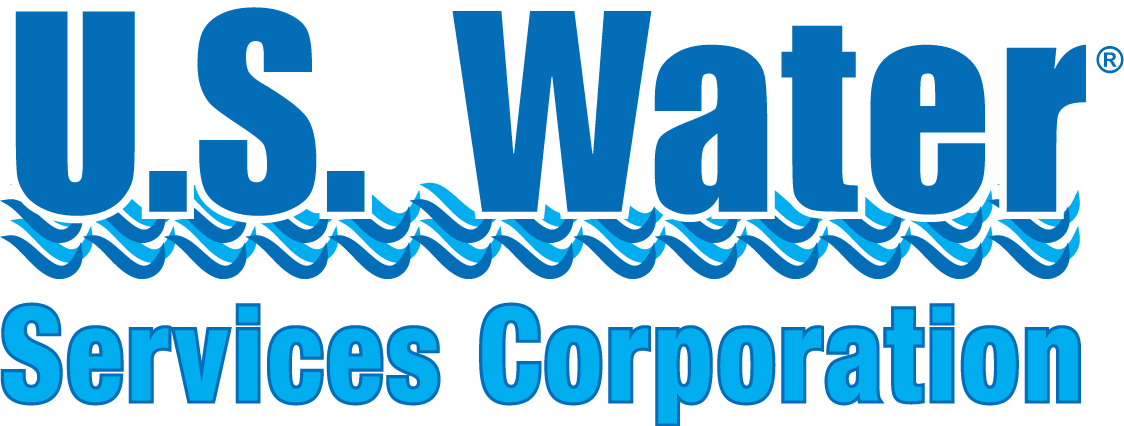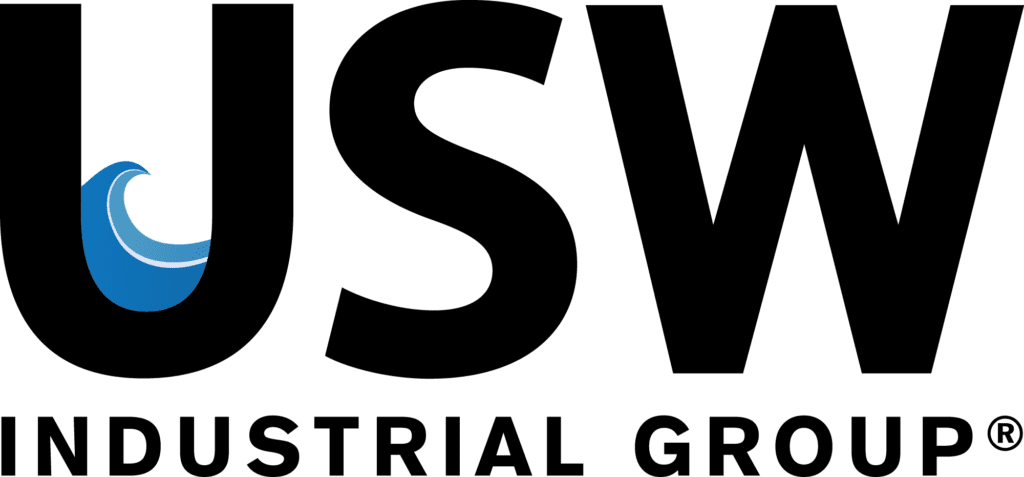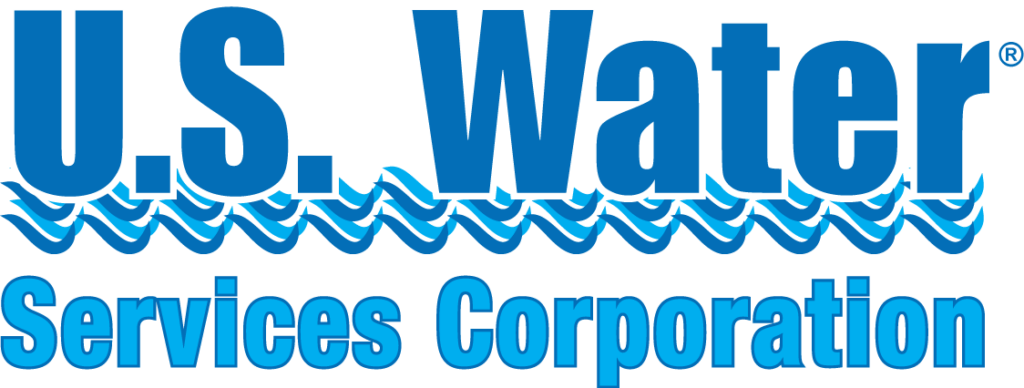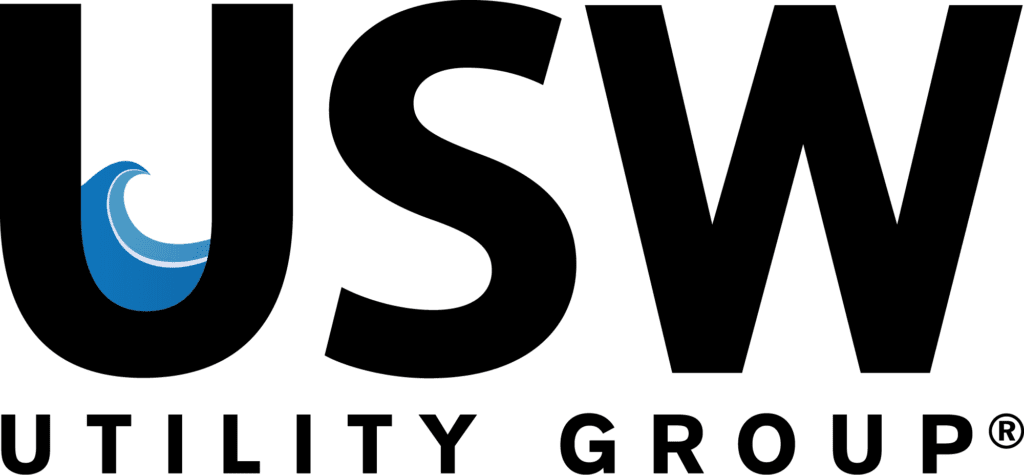Creating a Safety Culture Through Training
Training is an essential component of our company’s safety management system. It allows employees to learn how to do their jobs properly, bring new ideas into the workplace, reinforce existing concepts and practices, and it helps to put our Safety and Health Program into action. Everyone in the company will benefit from safety and health training through fewer workplace injuries and illnesses, reduced stress, higher morale, and lower turnover and worker’s compensation rates. U.S. Water is committed to providing the necessary scheduling time to ensure adequate safety and health training is offered to its employees. This commitment will include paid work time for training and incorporate input from management and employees in its development.
For this program to be most effective, all employees must understand their role in the program, the hazards and potential hazards that need to be prevented or controlled, and how to protect themselves and others. We will achieve these goals by educating everyone on the consequences of their actions (both good and bad), educating all managers, supervisors, and employees on their safety management system responsibilities, educating all employees about the specific hazards and control measures in their workplace, training all employees on hazard identification, analysis, reporting and control procedures, and training all employees on safe work procedures and practices.
Employees will receive safety and health training
- When a person is hired: they will receive a general safety orientation, including an overview of company safety rules and why they are followed.
- When an employee is given a new job assignment
- When new work procedures are begun
- When new equipment is installed (if new hazards are introduced)
- When new substances are used (hazard communication program may apply)
The bottom line; employees must know they are responsible for complying with all company safety rules and that their safe work practices will prevent most accidents. They must be very familiar with any personal protective equipment required for their jobs. They must know what to do in case of emergencies. Each employee needs to understand that they are not expected to start working on a new assignment until they have been adequately trained. If a job appears to be unsafe, they will report the situation to their supervisor. Supervisors will be given special training to help them in their leadership roles.




